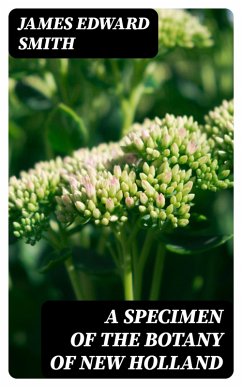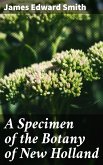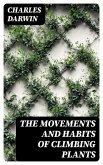In "A Specimen of the Botany of New Holland," James Edward Smith presents a meticulously curated collection of botanical illustrations and descriptions, highlighting the flora of Australia during the late 18th century. This seminal work is not only a scientific endeavor but also a celebration of the exotic and diverse plant life that captivated European naturalists at the time. Smith's literary style combines detailed observations with an elegant prose that reflects the Enlightenment's fascination with nature, contributing to the broader discourse of botany and exploration. His rigorous classification system and vivid descriptions emphasize the intersection of art and science, showcasing the aesthetic beauty of the specimens alongside their scientific significance. James Edward Smith was a prominent English botanist and the founder of the Linnean Society, whose passion for the natural world was sparked during his education. His travels and studies were deeply influenced by the works of earlier botanists, particularly Carl Linnaeus. Smith's commitment to the scientific method and classification was driven by a desire to enhance knowledge and appreciation of botanical diversity, especially following the pivotal journeys of exploration to New Holland, which were emerging into the scientific consciousness of the time. Readers with an interest in botany, natural history, or exploration will find "A Specimen of the Botany of New Holland" to be an invaluable resource. Smith's enduring legacy as a botanist is encapsulated in this work, making it crucial for those wishing to understand the foundational period of Australian botany and the evolution of botanical illustration. This book invites scholars and enthusiasts alike to explore the richness of a continent's plant life through the lens of a pioneering naturalist.
Dieser Download kann aus rechtlichen Gründen nur mit Rechnungsadresse in A, B, BG, CY, CZ, D, DK, EW, E, FIN, F, GR, H, IRL, I, LT, L, LR, M, NL, PL, P, R, S, SLO, SK ausgeliefert werden.









